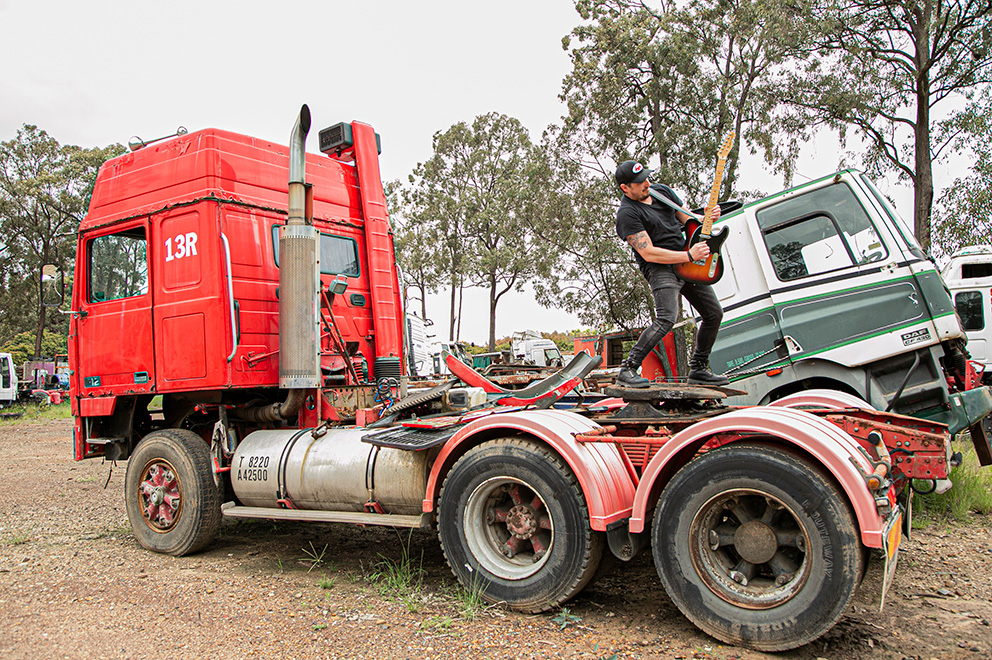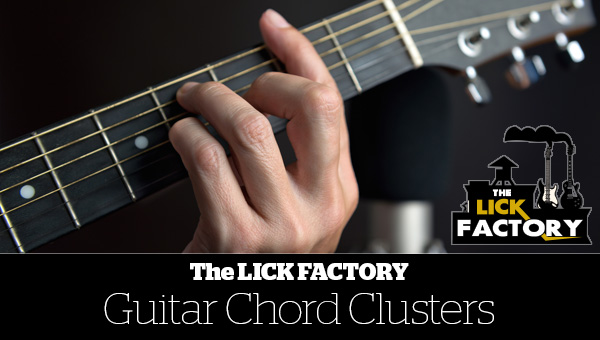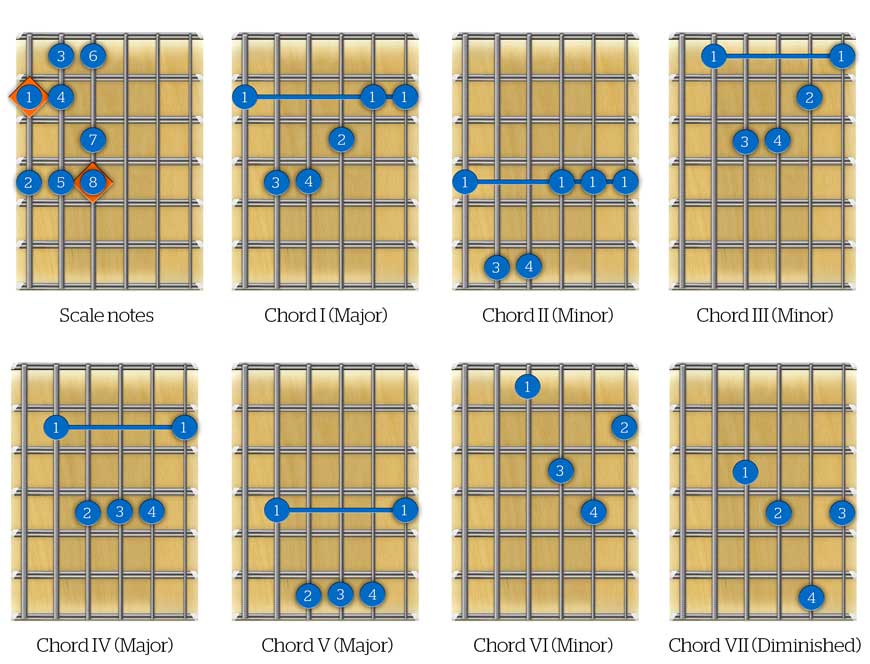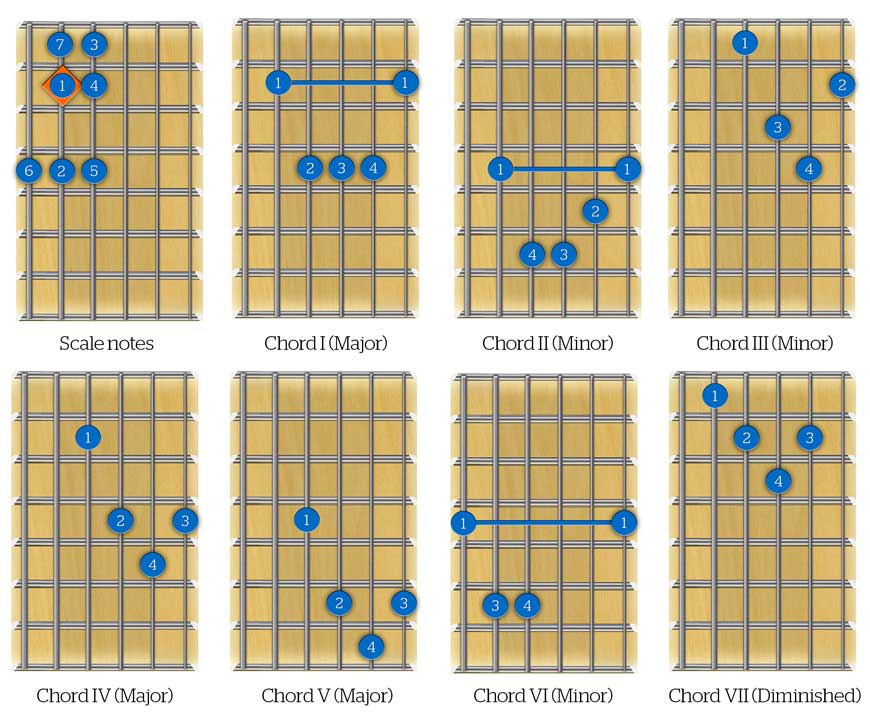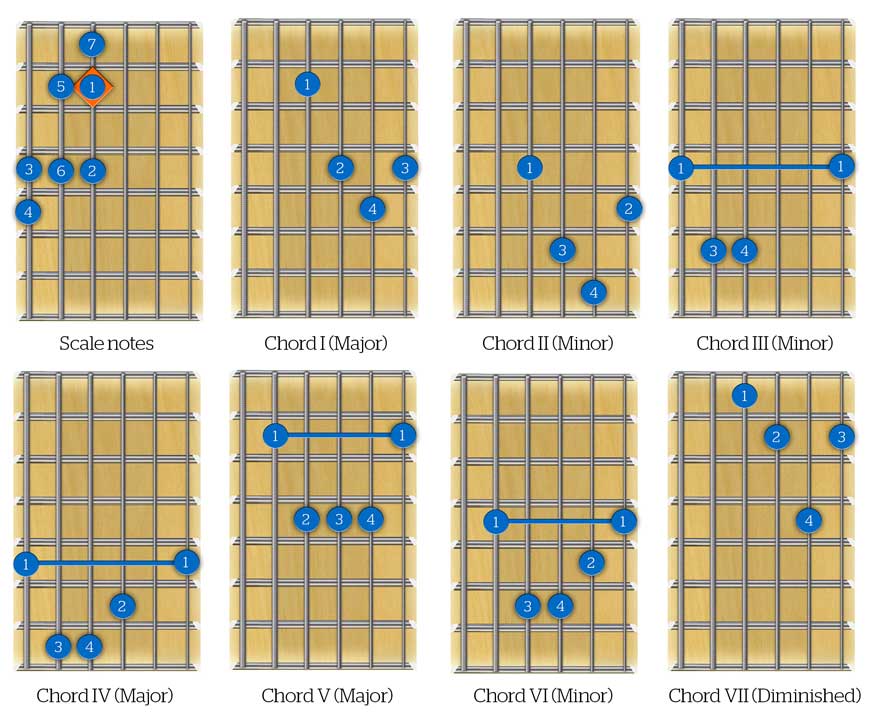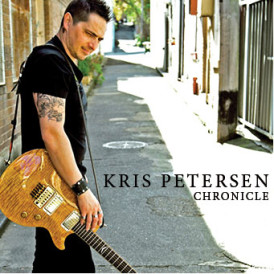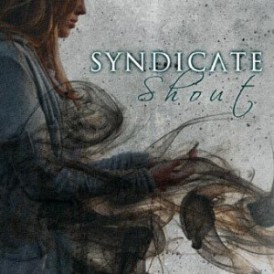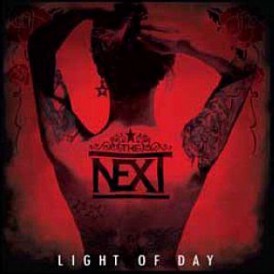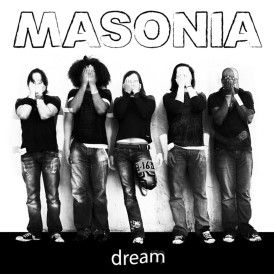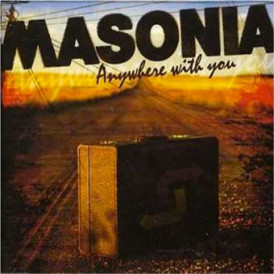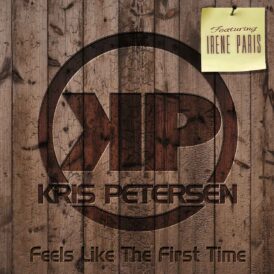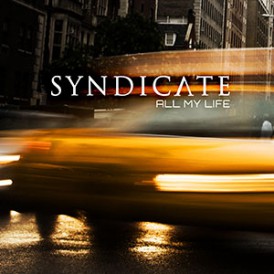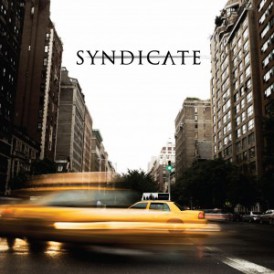Kris gives a lesson all about the development and utilisation of Chord Clusters in your chordal improvisation technique.
Read the lesson on the LICK FACTORY or scroll down to read it here.
Chord Clusters is a Guitar specific thought process that involves grouping all the chords of a single key together in a concentrated area of the fret-board.
Chord Clusters – The mind set
There are two ways in which you can approach playing chord progressions. The first is to sit down, study the progressions and chord shapes and commit them to memory. This works great and is a definite stepping-stone when learning to play the guitar.
The second (and my personal favourite I might add) is to commit the chord structure to memory and improvise the actual chord voicing’s on a case by case basis. These patterns that you use to improvise are what I call chord clusters.
The process of building chord clusters is quite easy but before we do that, lets work through the whole thought process.
You might have a progression that consists of D, A, Bm, G. A standard approach would be to play all 4 chords in the voicing that you’re most familiar with. So you may play them all in open position, and use a Root 5 minor shape for the B on the 2nd fret.
The Chord Clusters approach involves firstly recognising the key you are playing in. The second step is to work out what the chord numbers are in that key.
So in the above example D, A, Bm, G. Your key centre is D Major and the chord numbers are I, V, VI, IV. These chord numbers are taken from the process of building 3 note triads off the D Major Scale. This is called the D Harmonised Scale.
Building Chord Clusters
This brings us to the Chord Clusters themselves. Chord Clusters is the name I give to the process of building harmonised scales in a concentrated area of the fret-board. This process is used to take the guess work out of playing new chord progressions and also keeping the movement between the notes of the chords to a minimum.
The easiest starting point for this is to have Chord Clusters built in 3 positions. These 3 positions would be based around the Tonic or Chord 1 being on the 6th string, the 5th string and finally the 4th string. This would give you 3 completely different Chord Clusters to play around as well as the open chord positions. Depending on the key, this could potentially give you 4 separate positions to play each chord and gives you a massive advantage when it comes to improvising around chord progressions as well as sight-reading charts.
The following 3 chord listings give you the Chord Clusters based around the tonic being on each of the 3 strings. It is important to note that these chord clusters are completely moveable. You simply reposition the 1st chord to the desired key and then all following chords move relative to Chord 1.
Root 6 Chord Cluster
Root 5 Chord Cluster
Root 4 Chord Cluster
This article is based on concepts from the LICK FACTORY’s Set 1 and Set 2 courses. To develop your chord playing or fill in the blanks, check out these lesson packages.
Need a quicker fix? the ULTIMATE CHORD GUIDE: Volume 1 might be the answer.
